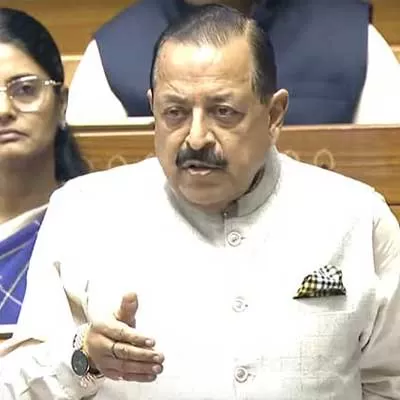
Government to Strengthen Nuclear Power: Dr Jitendra Singh

Parallel debuts fluted glass collection, redefining luxury interiors
Parallel has launched an exquisite collection of tinted, extra-clear, and designer fluted glass, introducing a new dimension to contemporary interiors.Fluted glass, known for its vertical striations, diffuses light while sculpting silhouettes with a refined aesthetic. Parallel’s range includes smoky tinted variants, pristine extra-clear options, and metallic-infused designs, ideal for partitions, doors, and wall treatments that balance exclusivity with openness.Emphasising sensory design, the collection enhances spaces by creating dynamic light interactions. Crafted for luxury residences, ho..

Nivasa unveils luxury lighting collection blending artistry and innovation
Nivasa, a leader in luxury furniture design, has launched an exquisite lighting collection inspired by nature, combining sculptural aesthetics with masterful craftsmanship.Crafted from premium 304-grade stainless steel, each piece showcases a refined interplay of organic and sleek forms, offering a range of finishes for bespoke customization. Designed for grand foyers, intimate spaces, and sophisticated interiors, the collection merges contemporary finesse with global design standards.Collection highlights include:Circular Drummer’s Chandelier – A geometric yet fluid design in a light gold..

LAPP launches ÖLFLEX® HEAT 700 SC for extreme heat applications
LAPP has introduced the ÖLFLEX® HEAT 700 SC, a high-performance cable designed to endure extreme temperatures of up to 700° Celsius, ensuring safe and reliable power supply in demanding industrial environments.While standard cables with PVC sheaths function in temperatures up to 90°C, industries such as foundries, steelworks, and chemical plants require heat-resistant solutions. LAPP, a global leader in cable and connection technology, will showcase this latest innovation at Hannover Messe 2025 (Hall 11, Stand C15).Optimised design for maximum durabilityThe ÖLFLEX® HEAT 700 SC features n..














